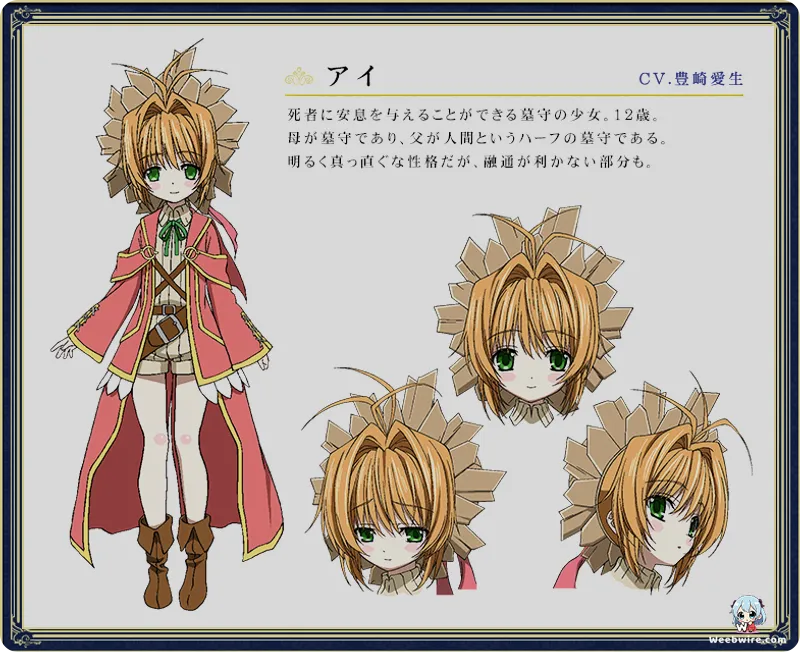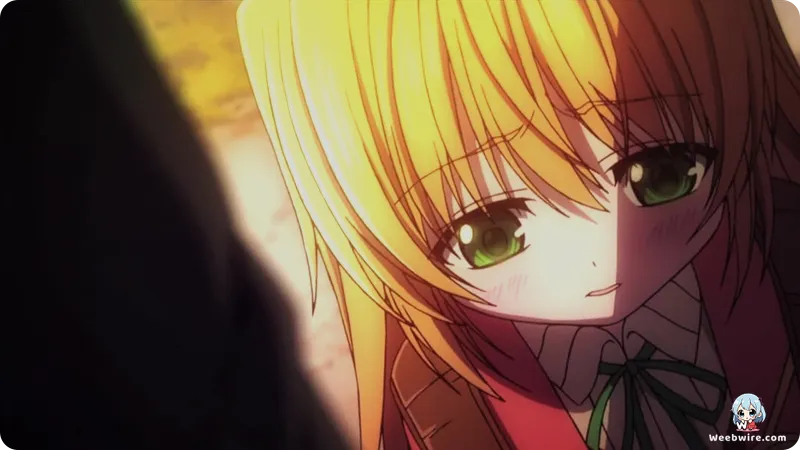Beyond the Grave: Exploring the Unique World of 'Sunday Without God'

In the vast tapestry of anime, some titles distinguish themselves not through widespread popularity but by their profound conceptual depth and philosophical resonance. Sunday Without God stands as one such gem, an anime that, despite its seemingly bleak premise, offers a surprisingly hopeful and deeply thought-provoking exploration of life, death, and purpose. While it may not always dominate mainstream charts, this series is rich with intriguing facts and intricate details that elevate it beyond a typical fantasy series, making it a must-know for connoisseurs of distinctive storytelling.
The World Abandoned by God
At its core, the world of Sunday Without God is defined by a singular, momentous event: fifteen years prior to the narrative's beginning, God definitively abandoned the world. This divine departure unleashed immediate and devastating consequences, primarily the cessation of new births and, more crucially, the inability for the dead to truly die. People continue to live, even after their hearts cease beating, transforming into animated corpses. This chilling reality sets the stage for the unique role of the Gravekeepers, a special class of individuals who are the only ones capable of granting true rest to the deceased by burying them. Our protagonist, Ai Astin, is one such Gravekeeper, a young, innocent girl burdened with the solemn duty of bringing peace to souls. A lesser-known fact about this premise is the pervasive existential dread it subtly weaves into every aspect of life. The concept of unending existence, devoid of death's finality, fundamentally reshapes the meaning of life itself, imbuing every interaction, aspiration, and loss with a unique, melancholic beauty.
Hampnie Hambart: The Immortal's Quest
One of the series' most intriguing characters is Hampnie Hambart, a mysterious silver-haired man who dramatically enters Ai's life by devastating an entire village and claiming to be her father. While initially appearing as a ruthless, almost villainous figure, Hampnie's true nature is far more complex and tragic. A fascinating revelation about him is that he is, in fact, an immortal being who cannot die, even by the hands of a Gravekeeper. His true name, Kizuna Astin, and his desperate, prolonged search for a way to die and find peace, paint him as a profound symbol of the world's brokenness. His journey to find a 'true death' is a central, poignant thread in the narrative, highlighting the series' exploration of what it means to be alive and what it means to truly find rest. This character arc is a masterclass in subverting initial impressions and delving into the deeper motivations that drive individuals in a world without divine guidance.
Societies in Despair and Resilience
Another compelling aspect lies in the series' exploration of various communities and their unique responses to the world's abandonment. From the seemingly idyllic village of 'dead' inhabitants who continue their lives as if nothing has changed, to the more pragmatic and often brutal adaptations seen in other settlements, the anime presents a mosaic of human resilience and despair. For instance, the town of Ortus, a city built for the dead, showcases an elaborate and almost utopian society where the deceased live out their days in a semblance of peace, tended to by living caretakers. This detailed world-building, often overlooked in discussions, offers a rich backdrop for the philosophical questions posed by the anime, illustrating how different interpretations of life and death can shape entire societies. It's a testament to the author Kimihito Irie's imagination that such diverse and self-contained ecosystems could exist within this singular, apocalyptic framework.

MADHOUSE's Artistic Touch
The animation studio behind Sunday Without God is none other than MADHOUSE, a studio renowned for its distinctive visual style, high production values, and its willingness to tackle complex, often darker narratives. While Sunday Without God might not be as widely recognized as some of MADHOUSE's other iconic works like Death Note or One-Punch Man, their signature touch is undeniably present. The studio's ability to create a melancholic, ethereal atmosphere, combined with fluid animation and evocative character designs by Shino, significantly elevates the series' emotional impact. MADHOUSE's meticulous attention to detail in portraying the desolate yet beautiful landscapes, and the subtle emotional nuances of the characters, truly brings Kimihito Irie's original light novel to life. It's a testament to their versatility that they can seamlessly transition from high-octane action to quiet, introspective fantasy, always maintaining a standard of visual excellence.
Profound Themes and Lasting Questions
Beyond its unique premise and compelling characters, Sunday Without God delves deep into themes that resonate far beyond the fantasy genre. It asks profound questions about the value of life when death is not guaranteed, the meaning of purpose in a world abandoned by its creator, and the nature of hope in seemingly hopeless circumstances. The series subtly challenges viewers to consider what truly defines existence, whether it's the beating of a heart or the memories and connections formed. It's a psychological journey as much as it is a fantasy adventure, making it a rich experience for those who appreciate anime that stimulates intellectual curiosity alongside emotional engagement. The open-ended nature of some of its philosophical inquiries encourages continued thought and discussion long after the credits roll, cementing its place as a truly unique and thought-provoking entry in the fantasy genre.
Credits
Sunday Without God
Author
Kimihito Irie
Cover Art
Shino
Studio
MADHOUSE
Publisher
Fujimi Shobo
Producers





